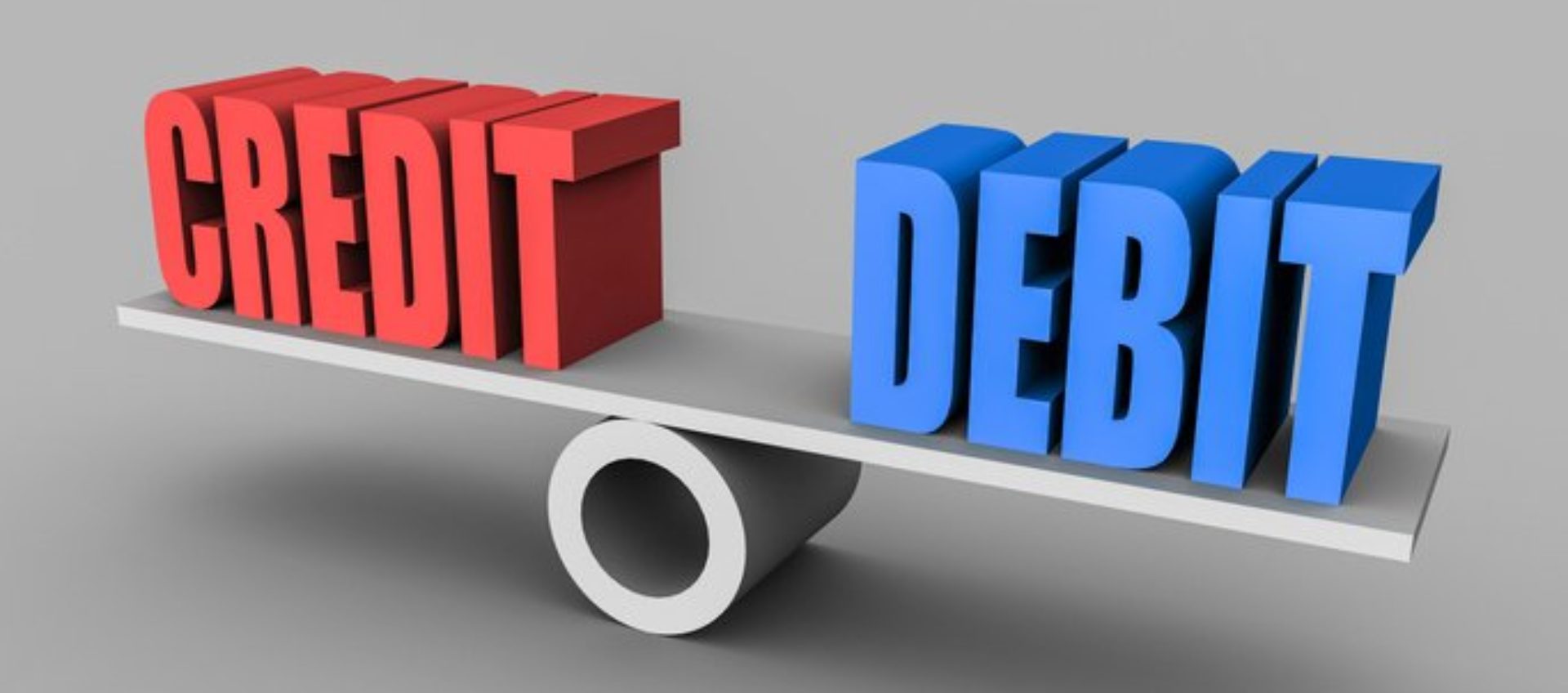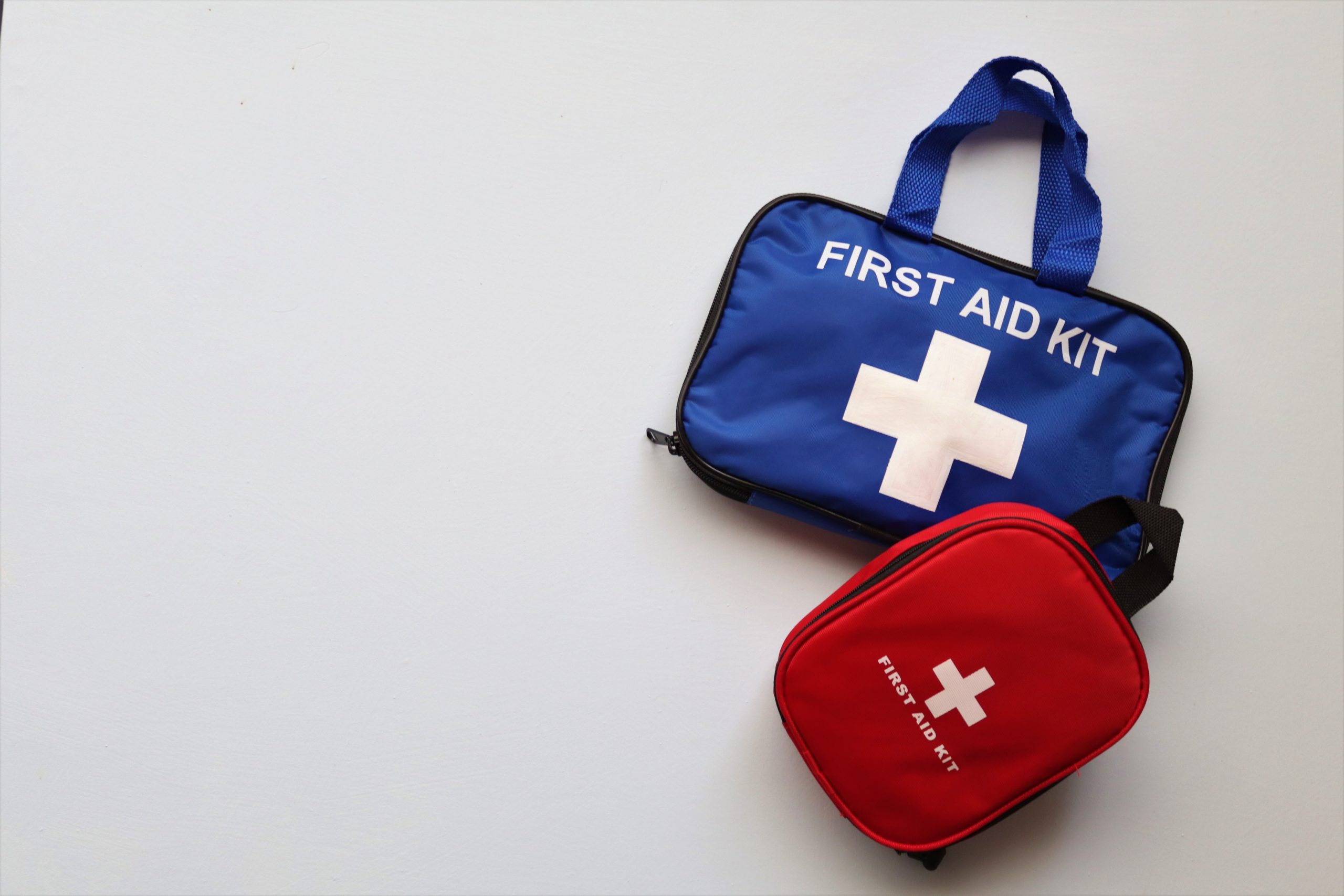I made a plea this spring that if you didn’t have your emergency fund in order, that was where your stimulus check should go. While we had a Dave Ramsey sized emergency fund while paying off our debt, we did not have enough to cover a major expense, like the furnace or A/C going out, in the bank. We put our substantial stimulus check (apparently they’re pretty big when you’re married with 5 dependents and under the income threshold) directly into our savings account and didn’t look back. Well, for 2 months anyway.
You never know when a major unexpected expense will pop up. That’s the whole reason we should all have an emergency fund. Within 2 months of receiving our stimulus, the transmission went out in my wife’s 2012 Suburban. Replacing it, and labor, set us back over $4000. Thank goodness we’d just received that stimulus, or we’d have been adding more credit card debt. Not the direction you want things going when you’re working on paying it off! I bring this up for 2 reasons. 1. I’m not sure a Dave Ramsey sized emergency fund is the right size for my family. And 2. With another stimulus likely over the next few weeks or so, perhaps you should beef up your emergency fund too. I know we will be again.
It’s funny how as you get older your definition of “a lot” of money changes dramatically. This also seems to change with your financial situation. But when you’re not yet a teenager, $20 cash in had is a lot of money. $100 means you’re rich! Once you get to be a teen or your early 20s, $20 is nothing, it will barely cover gas money, or happy hour. $100 gets to be the going rate for common expenses. Once you get toward your 30s, $100 is almost where I expect things to start, and you begin seeing things in the $1000 range pop up regularly. Now that I’m getting close to 40, I find myself dealing in $1000s a lot more than I would have thought, and a lot more than I want. It seems to just be the cost of doing business at this age and income level (middle class income in the $100k household range.) I don’t know if my income changes with my age are coincidentally resulting in these numbers, or if one or the other is more of a factor, but these are my observations and musings of late.
This brings me to my current feelings about our emergency fund level. You have the Dave Ramsay $1000 approach while paying off debt, and you have the 3-6 months or more of expenses approach that most financial experts and those in the FI community advocate, and then there’s all this gray area in between. I believe we need to have an emergency fund while paying off our debt. And after our recent transmission experience, I believe that it needs to be enough to cover at least one major expense. I’ll put that in the $4000-$5000 range. Once we’re done paying off that debt we’ll beef it up, but I want to be able to cover a major expense without having to resort to the credit cards and there’s a lot of those that $1000 just won’t cover. I appreciate Dave’s advice, but I’m going to push it a little bit further. I hope with what you already have, and what appears to be another round of stimulus coming soon, even if it takes a few weeks or months, that you find that emergency fund range that’s just right for your situation. I believe we have.

